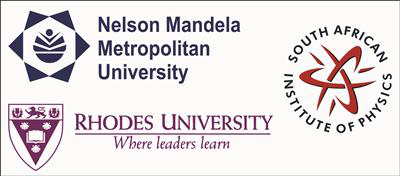Speaker
Abstract content <br> (Max 300 words)<br><a href="http://events.saip.org.za/getFile.py/access?resId=0&materialId=0&confId=34" target="_blank">Formatting &<br>Special chars</a>
Presently there is a great deal of interest to experimentally observe neutrinoless double beta (0νββ) decays. This exotic decay mode can only be observed in a few isotopes over the nuclear chart. An observation of 0νββ decay would signify physics beyond the standard model and the decay rate can be used to determine the absolute scale of neutrino masses. A major difficulty in extracting the effective neutrino mass from the decay lifetime arises from the uncertainties associated with the matrix element calculated for the decay. One of the most promising candidate for observing this decay mode is the decay of 136Xe to 136Ba. There are several experiments planned world-wide to observe the 0νββ in 136Xe. In this talk I present preliminary results from the 138Ba(d,a) reaction used to study low lying excited states in 136Cs, which is the intermediate nucleus in 136Xe 0νββ decay. I will also discuss future plans to study neutron pairing in the daughter 136Ba nucleus via the 138Ba(p,t) reaction using the same approach. Our results will provide useful spectroscopic information for the matrix element calculations in this mass region.
Would you like to <br> submit a short paper <br> for the Conference <br> Proceedings (Yes / No)?
no
Level for award<br> (Hons, MSc, <br> PhD, N/A)?
PhD
Apply to be<br> considered for a student <br> award (Yes / No)?
Yes
Main supervisor (name and email)<br>and his / her institution
Prof. Smarajit Triambak, smarajit@gmail.com, University of the Western Cape
Please indicate whether<br>this abstract may be<br>published online<br>(Yes / No)
yes

